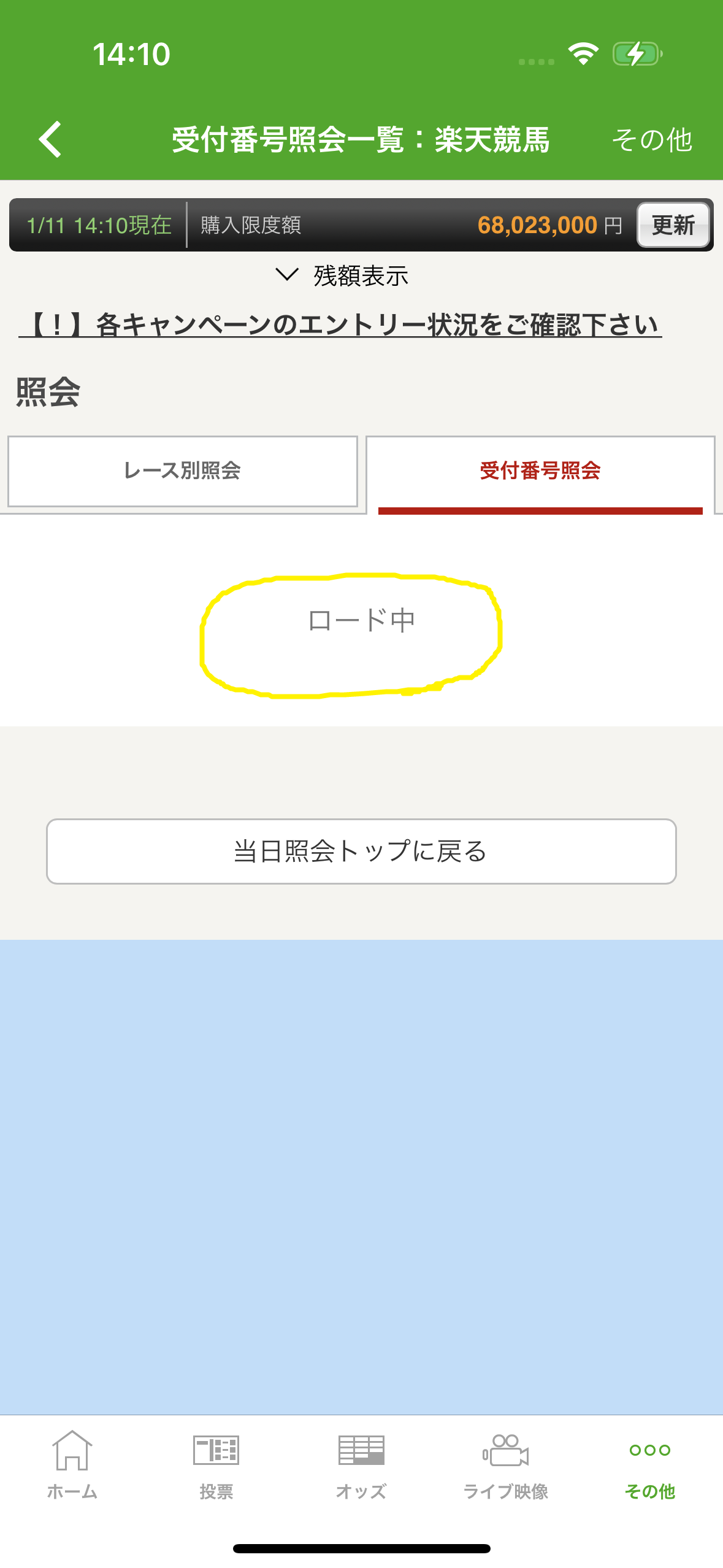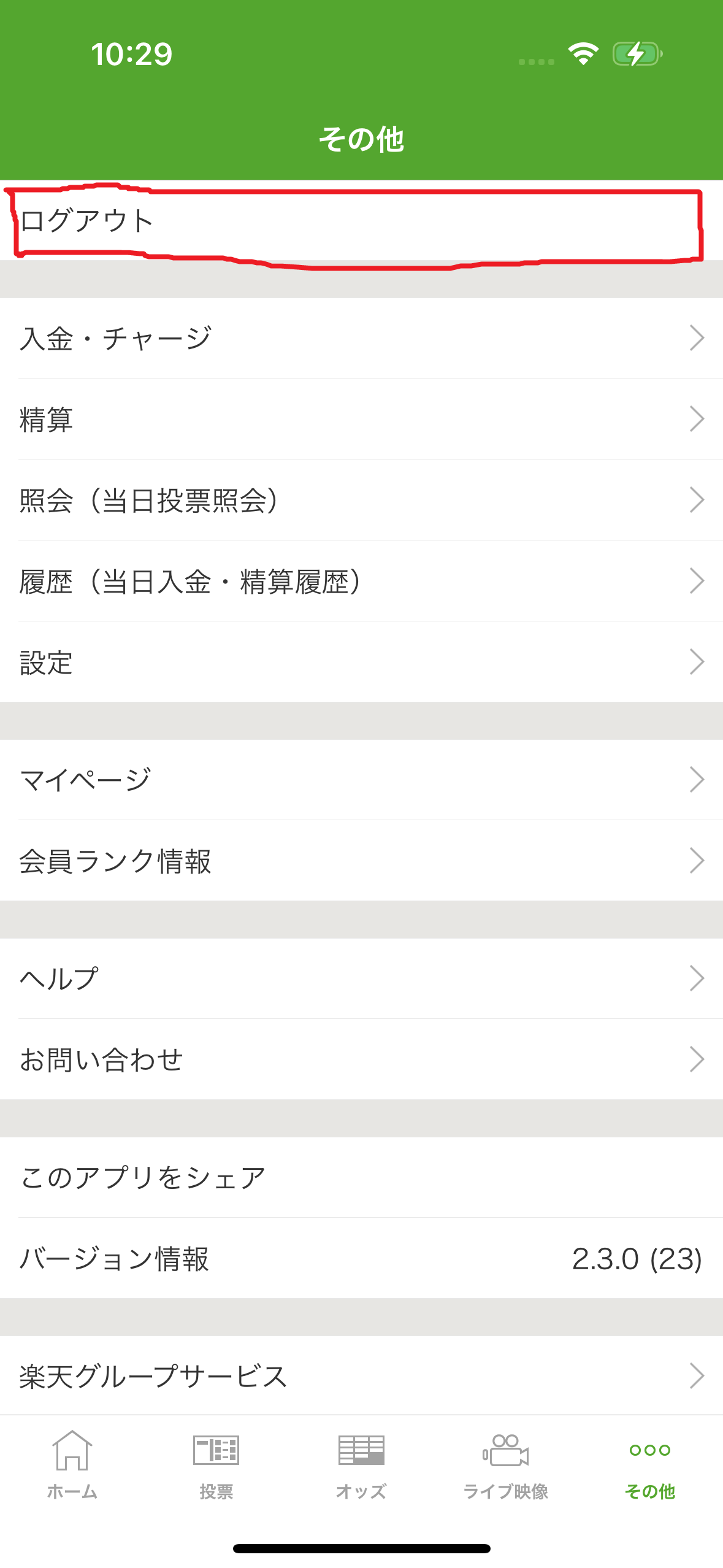Outline
robotframework + appium で、NativeAPPのUIテスト自動化を実装している。
それにあたって、よく使うコードを自分自身のためを含め、tips的に残した
なお、今回起動するデバイスの指定は、「robot framework use multi devices tipcs」で示した方法を使う。
基本的なrobotframeworkのappium libraryに関しては、以下のdocumentを参考
[iOS] appのインストール、起動
ipa fileをまずlocalに用意する。
そして、起動するコマンド Open Applicationのparameterに指定する
*** Settings ***
Library openpyxl
Library AppiumLibrary
Library Process
Library OperatingSystem
Library yaml
Documentation
... This test will Verify iOS app
Variables ../data/setting.yml
*** Variables ***
${APPIUM_SERVER} http://localhost:4723
${DEVICE_NO} iOS39
${app} /Users/xxxxx/app/xxxxx.ipa # install app ipa file path
*** Keywords ***
Install_App
Open Application ${APPIUM_SERVER}
... platformName=iOS
... app=${app}
... automationName=XCUITest
... udid=${device.${DEVICE_NO}.udid}
... deviceName=${device.${DEVICE_NO}.deviceName}
... platformVersion=${device.${DEVICE_NO}.platformVersion}
... autoAcceptAlerts=true
... autoGrantPermissions=true
... autoWebView=true
... fullReset=true
*** Test Cases ***
Install Open Mobile APP
Install_App
[iOS] app 起動(インストールしない)
毎回、上記「appのインストール、起動」を行うと、立ち上がりにまで時間がかかる。
そのため、installはskipして起動だけを行う
*** Settings ***
Library openpyxl
Library AppiumLibrary
Library Process
Library OperatingSystem
Library yaml
Documentation
... This test will Verify iOS app
Variables ../data/setting.yml
*** Variables ***
${APPIUM_SERVER} http://localhost:4723
${DEVICE_NO} iOS39
${app} /Users/xxxxx/app/xxxxx.ipa # install app ipa file path
*** Keywords ***
Open_App
Open Application ${APPIUM_SERVER}
... platformName=iOS
... app=${app}
... automationName=XCUITest
... udid=${device.${DEVICE_NO}.udid}
... deviceName=${device.${DEVICE_NO}.deviceName}
... platformVersion=${device.${DEVICE_NO}.platformVersion}
... autoAcceptAlerts=true
... autoGrantPermissions=true
... autoWebView=true
... noReset=true
... fullReset=false
... shouldTerminateApp=true
*** Test Cases ***
Open Mobile APP
Open_App
[Android] appのインストール、起動
apk fileをまずlocalに用意する。
そして、起動するコマンド Open Applicationのparameterに指定する
*** Settings ***
Library openpyxl
Library AppiumLibrary
Library Process
Library OperatingSystem
Library yaml
Documentation
... This test will Verify Android app
Variables ../data/setting.yml
*** Variables ***
${APPIUM_SERVER} http://localhost:4723
${DEVICE_NO} A34
${app} /Users/xxxxx/app/xxxxx.apk # install app apk file path
*** Keywords ***
Launch App With Reinstall
Open Application ${APPIUM_SERVER}
... platformName=Android
... app=${app}
... automationName=UIAutomator2
... autoAcceptAlerts=false
... autoGrantPermissions=true
... fullReset=true
... udid=${device.${DEVICE_NO}.udid}
... deviceName=${device.${DEVICE_NO}.deviceName}
... platformVersion=${device.${DEVICE_NO}.platformVersion}
*** Test Cases ***
Open Mobile APP
Launch App With Reinstall
[Android] app 起動(インストールしない)
iOS同様、installはskipして起動だけを行う方法も別途用意する
*** Settings ***
Library openpyxl
Library AppiumLibrary
Library Process
Library OperatingSystem
Library yaml
Documentation
... This test will Verify Android app
Variables ../data/setting.yml
*** Variables ***
${APPIUM_SERVER} http://localhost:4723
${DEVICE_NO} A34
${app} /Users/xxxxx/app/xxxxx.apk # install app apk file path
*** Keywords ***
Launch App
Open Application ${APPIUM_SERVER}
... platformName=Android
... app=${app}
... automationName=UIAutomator2
... autoAcceptAlerts=false
... autoGrantPermissions=true
... shouldTerminateApp=true
... udid=${device.${DEVICE_NO}.udid}
... deviceName=${device.${DEVICE_NO}.deviceName}
... platformVersion=${device.${DEVICE_NO}.platformVersion}
*** Test Cases ***
Open Mobile APP
Launch App
画面遷移後安定させる
画面遷移後、次の画面にて表示の確認、値の確認、ボタンクリック等、次のアクションさせる場合、
画面遷移が完了させることを待たせてから、次のアクションをさせた方が良い。
例えば、Loading iconが出ているときに、次のアクションを行うと大抵失敗する。
これを解消するために、遷移後に表示されてるべき任意のオブジェクトが表示されるまで待つように、 ' Wait Untile Element is Visible ' を用いる
# go to next page
Click Element chain=**/XCUIElementTypeButton[`label == "icon header cart"`]
# wait for disappear loading icon &
Wait Until Element is Visible xpath=//XCUIElementTypeStaticText[@name="xxx表示"] timeout=${timeout}
# click element after stable
Click Element xpath=//XCUIElementTypeStaticText[@name="xx入力"]
If 文
”ログインの有無によって、ログイン状態であったら、ログアウトさせる。”というように、conditionによって
処理を分けたい時がある。
まず、2つのkeyworsを作成する。
Validate_Element : Objectが存在する場合、Trueを返す
Logout_RakutenID : Logout処理(ログアウトのボタンクリック)
次に、MainのStepで以下のように記載する。
Main Step
# check exist item
${IS_ANOTHER_LOGOUT_BUTTON} = Run Keyword And Return Status Validate_Element //XCUIElementTypeButton[@name="ログアウト"]
# if item exist, run function
Run Keyword If '${IS_ANOTHER_LOGOUT_BUTTON}'=='True'
... Logout_RakutenID
:
*** Keywords ***
Validate_Element
[Arguments] ${xpath}
Page Should Contain Element xpath=${xpath}
Logout_RakutenID
Click Element xpath=//XCUIElementTypeButton[@name="ログアウト"]
For 文
1~16でloopさせたいとき、以下のように記載。
1~16のelement (name=1~16)を順番にクリックする
FOR ${umaban} IN RANGE 1 17
Click Element xpath=//XCUIElementTypeStaticText[@name="${umaban}"]/../../XCUIElementTypeOther[4]
END
数式演算後、変数に代入
Evaluateを用いる。
以下例は、${arrival1} と${umaban_bin}のAND演算した結果を${on_flag}に代入する
${on_flag} = Evaluate ${arrival1}&${umaban_bin}

